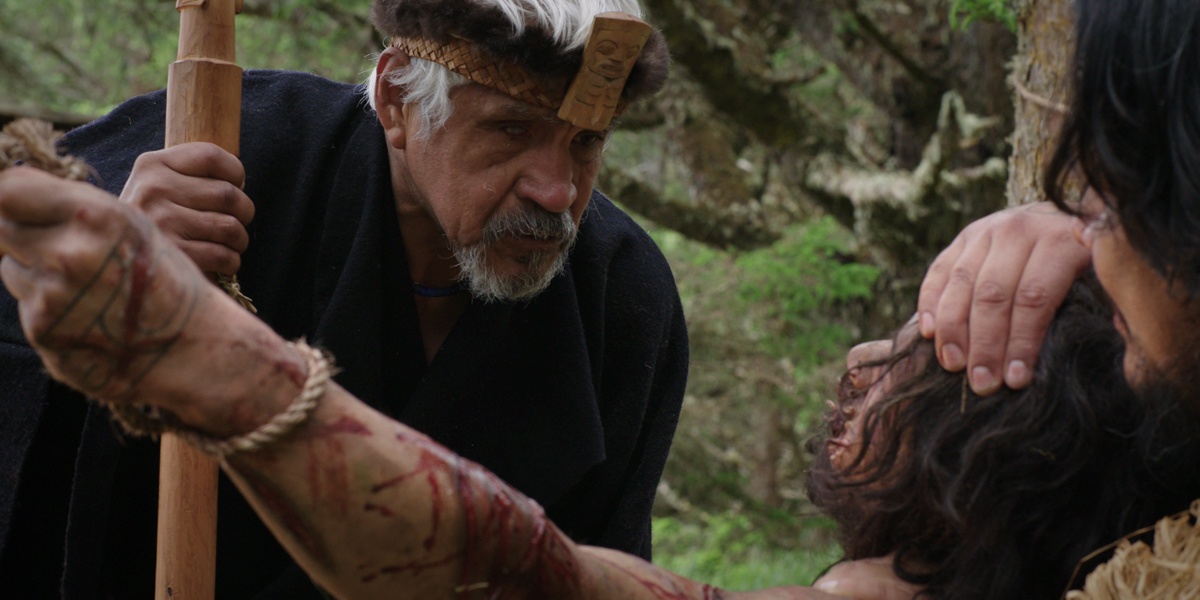From Canada’s top 10 at the Toronto International Film Festival (TIFF) comes Sgaawaay K’uuna (Edge of the Knife), directed by Gwaai Edenshaw and Helen Haig-Brown. It’s the first-ever film to feature the Haida people of British Columbia, according to TIFF’s website.
Acted entirely in the Haida language with French and English subtitles, the narrative follows a dramatic retelling of the Gaagixiid/Gaagiid, roughly translating to “wildman,” according to TIFF’s website, from traditional mythology.
In this adaptation, set in the 19th-century, a Haida man is overcome with grief and anguish after unwittingly leading his beloved nephew to an early death, and banishes himself to the forest where he undergoes a dramatic transformation over the coming season.
Edge of the Knife was presented at the National Gallery alongside their Native American Art collection on Nov. 21 and “touches on the major themes of the exhibition,” said Greg Hill, the Audain senior curator of Indigenous art.
“It shows how culture continues through generations.”
Unlike previous portrayals of Indigenous culture in film, Sgaawaay K’uuna is an inside look, told entirely by Indigenous people.
“Representation really matters,” said Makane Jackson Mahamoud, who viewed the film at the National Gallery screening last week.
“When it comes to a movie like that, it does a lot.”
The film balances a simple plot with surreal phenomena that increasingly questions reality in a contemporary realist style.
“I didn’t even think it was a movie at first, kind of like a documentary,” said Mahamoud. The characters are often seen laughing or crying, evident of the drastic changes in tone over the course of its runtime.
Hill said Sgaawaay K’uuna is significant not only in its internal message but also in what it represents for the future of Canadian Indigenous art.
“The film very much has a presence outside of the exhibition,” said Hill. “That in itself says a lot about its importance.”
It is an important continuation of the tradition of Indigenous film and media representation.
“One of the interesting things about film, and especially video, is that Indigenous artists came upon it at the same time as non-Indigenous artists,” said Hill, who also expressed a lot of optimism for the future of Indigenous cinema.
“[Film] is one of the many mediums that Indigenous artists are using in amazing ways,” he concluded.
Feature image provided.






